The Chimes
Grandfather clock chimes
Grandfather clocks are widely known for their majestic chimes and hour strikes resonating through the halls of a home. Most Grandfather clocks will chime every 15 minutes, playing a progressive quarter of the chime as time ticks on. On the first 15 minutes the clock will play the first 4 notes of the tune, on the half and hour it will play half of the tune, at 45 minutes you will hear 3/4 of the tune and when it hits the 12 o’clock it plays the full tune of 16 notes. This will then be followed by the strike whose number will correspond to the O’clock. The world famous Westminster chime is very popular and is most prominently featured in all Grandfather clocks with a single chime. If the clock features a triple chiming movement, the Whittington and St. Michael chimes more often than not make up the trio. Ave Maria and Ode to Joy are also two chimes which feature exclusively in some of our Grandfather clocks.
Westminster Chime
Originally derived from Handel’s Messiah, the Westminster Chime became to be known as the Cambridge chime due to them being installed in the University Church tower clock at St. Mary’s in Cambridge. They were later named the Westminster chime after being installed at the Palace of Westminster in London, now known as Elizabeth Tower.
Whittington Chime
The legendary Whittington Chimes rang in the Church of St. Mary Le Bow in Cheapside, London in the 16th Century. Legend has it that a penniless boy, Dick Whittington (1354-1423) heard them as he ran away to escape his drudgery as an ill-treated house waif. The chimes seemed to say to him, “Turn again, Whittington, Lord Mayor of London Town!” So, back he went and persisted in his labours until he finally did become Lord Mayor of London Town and served three terms!
St. Michael Chime
A true story of adventure surrounds St. Michael’s Chimes: The bells, cast in London, were installed in the St. Michael Church steeple in Charleston, S.C. in 1764. During the Revolutionary War, the British took the bells back to England. After the war, a Charleston merchant bought them and sent them back to America. In 1823, when cracks were discovered in them, they were sent back to London to be re-cast.
In 1862, during the Charleston siege, they were moved to Columbia, S.C. for safe keeping, but Sherman’s army set fire to the area, and nothing but fragments of the bells remained. These were sent back to London once more, where the original molds still stood, and again, re-cast. In February 1867, the eight bells were reinstated in the St. Michael steeple, and on March 21st they rang out joyously, seeming to say: “Home again, home again, from a foreign land!” There was a great rejoicing by the entire city as the bells rang out. Since then, they have endured a cyclone, earthquake and fire unharmed.
Chime on/off
For those that enjoy a nights sleep with silence, the Grandfather clocks have an automatic and/or manual on/off lever where you can disable the chime. Once engaged by using the selector, the automatic night off function will continuously silence the chimes between approximately 10pm and 7am. If desired, the chimes and strike can be turned on or off as desired at any time of the day or night.
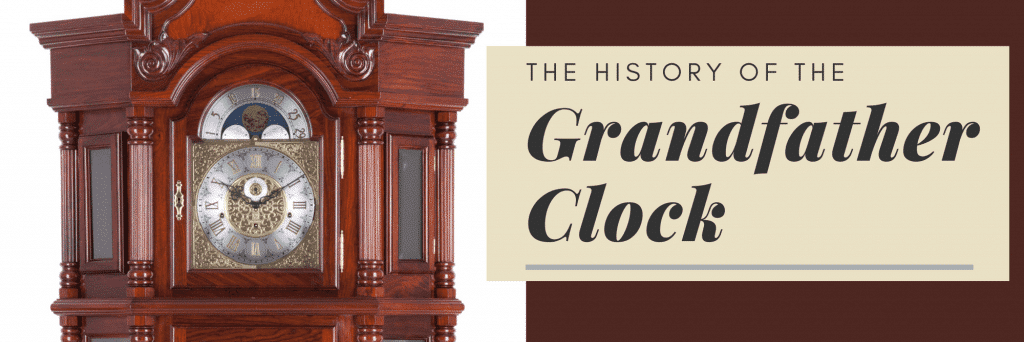



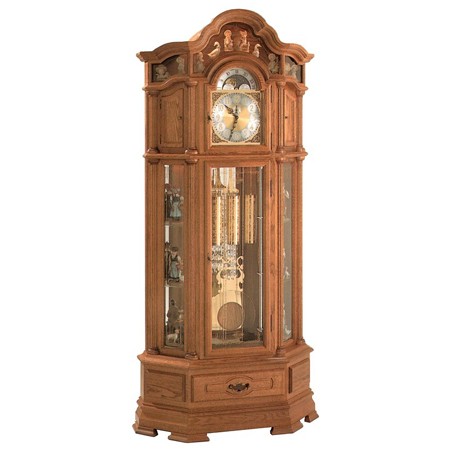

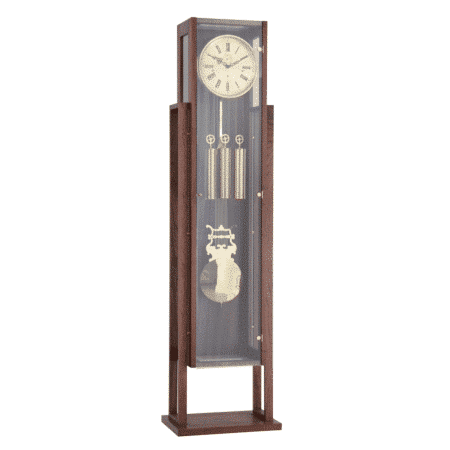











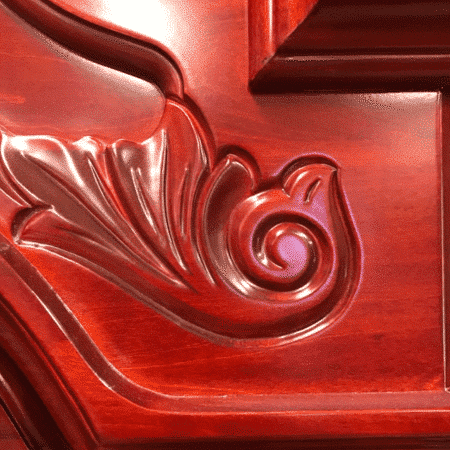
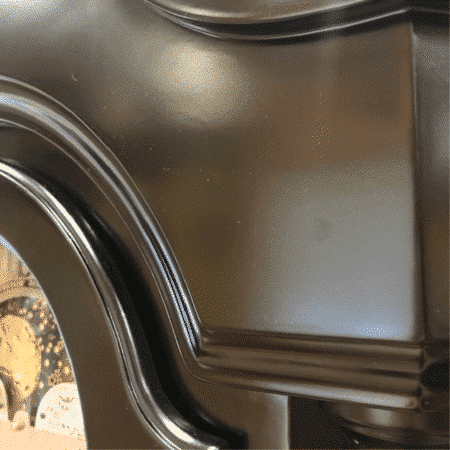










9 Responses
Great job bringing the mechanical clock into the picture. Seems as you may know the trend of all things sentimental such as these beautiful clocks is slow to return.
I worked in the summer of 1974 as a trainee in the Urgos and Schmeckenbecker factories . Just out of high school and now I saw first hand what a serious and booming business the mechanical clock business was. When returning to the USA I began setting up grandfather clocks for several retailers in my area. I was doing quite a number of set ups every month. Soon I started my business and have made a living in clocks ever since.
Your clocks are of the highest quality. Let’s pray more people will find the joy and pride of owning a fine mechanical timepiece.
Thank you Thomas. You sound like you love clocks as much as us and have such a wonderful history with them!
Very valuable information.
Please keep me posted for more updates.
Thank you.
My grandfather clock will not always strike on the hour it is unpredictable sometimes it does other times it doesn’t
Hi John,
If you can send me an email with a picture of your Grandfather clock I will see what I can do to help you.
Kind Regards
Anton
Intermittently chiming seems to be related to ambient temperatures ie ok in summer and winter a problem. If I ‘help’ the weights, it responds. Advice will be appreciated.
Hi Frans, Thanks for your message. Could you please tell me how old you’re clock is and when it was last serviced?
Kind Regards
Anton
What an interesting and informative article – thank you very much!
I collect antique mechanicla clocks. I know the Ansonia is of American origin – l have two of those. But in which stable do Junghans and Kienzle belong? My two Hermles are still in perfect condition albeit that the one is quite a late model – the other is a mantle piece clock and is about 60 years old.
“Fascinating journey through the history and intricacies of Grandfather Clocks! The variety in designs, movements, and chimes is truly captivating. A delightful read for clock enthusiasts.”